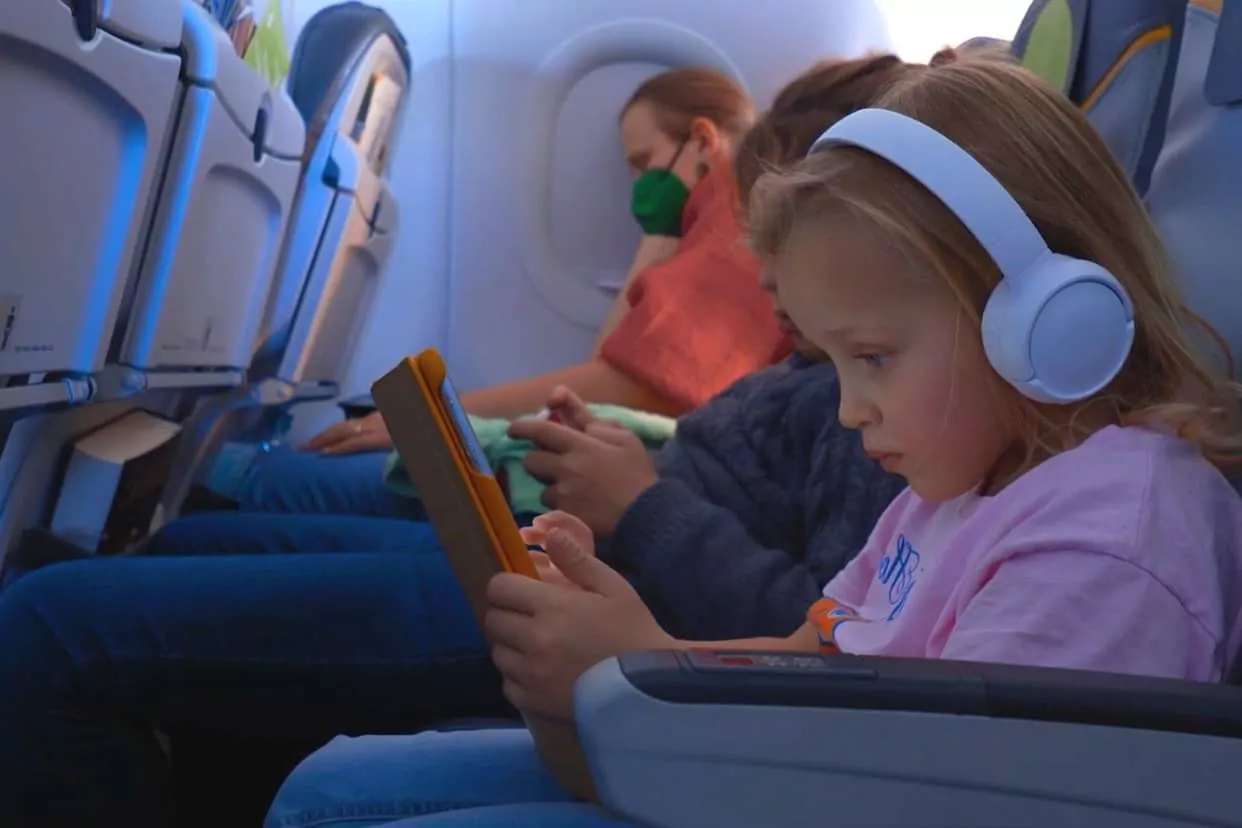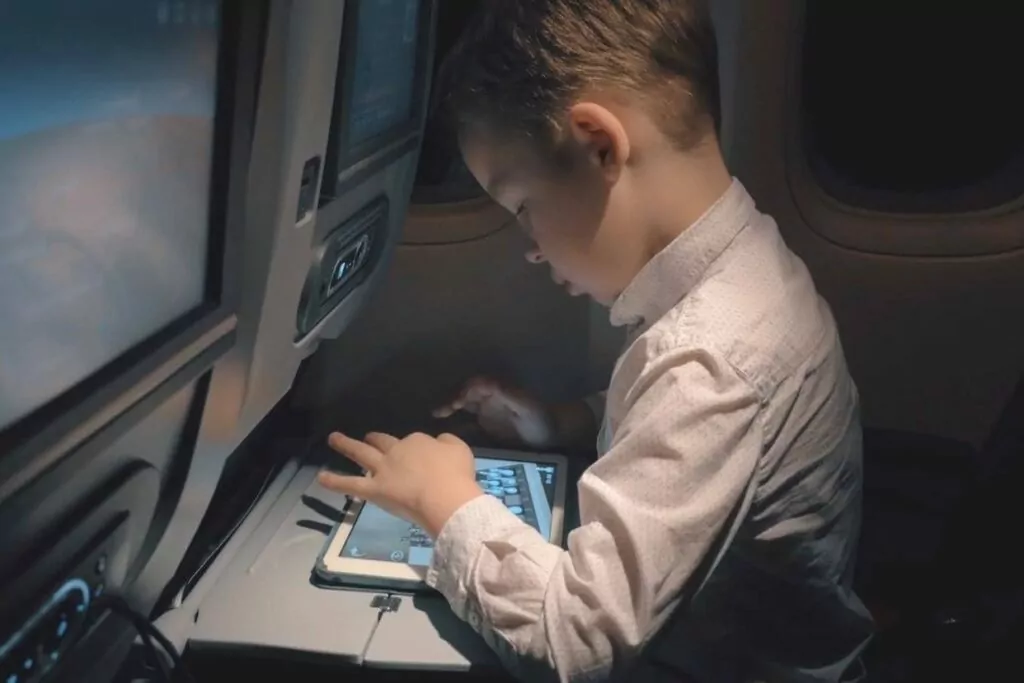6 Tips for Traveling with a Child with Autism
Make your journey comfortable with these practical strategies for easing travel anxiety and ensuring a positive experience for your autistic child.


It’s hard for parents to travel or take their kids to public places when they have sensory issues or autism spectrum disorder (ASD).
Dealing with unfamiliar surroundings, sensory overload, and disruptions in routine can turn an exciting trip into an overwhelming experience for them.
But with the right planning and preparation, traveling with your autistic child can become less daunting and more enjoyable.
Let’s explore six practical strategies that can turn your next family trip into a positive, memorable experience for your entire family, especially your child with autism.
6 Tips for Traveling with a Child with Autism
1. Do Your Research
If this is a public place you or your child with autism have never visited, try looking online for pictures, maps, or even policies and procedures so you know what to expect when you use their facilities or visit. Read reviews from other families.
There’s a good chance other families have visited the same places you’re planning to, and their experiences will provide useful insights.
- Check online reviews to find out anything that will be helpful to know ahead of time to keep your child from getting upset or having a meltdown.
- Also, when selecting your accommodations, communicate your child’s needs to your hotel staff in advance. Many hotels in the United States are accommodating and have protocols in place for guests with disabilities.
2. Think about sensory sensitivities
When taking public transportation, be prepared by bringing along sensory tools that you think will keep your autistic child regulated. There are often limited areas and long wait times, which can confuse and frustrate your kid.
- Headphones block unnecessarily loud sounds or create a quiet space.
- A fidget toy can keep their hands busy during waiting periods or prevent undesired behaviors (such as touching strangers or dangerous objects).
Prepare your child for the security checks that occur at airports and other transport hubs. Explaining the process reduces anxiety and unexpected reactions.
3. Ask about accommodations
Depending on where you are going, the place you are going to might have “sensory-friendly” events or shorter wait times for people with special needs. Even something as simple as asking a staff member if you and your child can wait outside if your child has trouble staying in a room with other people.
When flying, give your kid time to adjust to the flight before the rest of the passengers board. Contact your airline and the Transportation Security Administration (TSA) in advance, and let them know about your situation. They usually provide specific assistance for those with disabilities, like pre-boarding.
They make accommodations if you let them know what’s going on. Airlines have a legal obligation to make these adjustments, including allowing your child with autism to board before others.
4. Bring visuals
Bring along visuals to help with frustration and communication.
- Depending on your kiddo, bringing a “First/Then” card, sensory break card, or coping skill choice board will assist them through a meltdown when used with other strategies.
- The board should be a simple, one-page visual that offers a variety of choices that include appropriate coping skills in the event of heightened anxiety or upset. These should be coping skills they already practice at home, know well, and work for them.
5. Allow for extra travel time
Leave plenty of time for your whole family to go from A to B without rushing.
- Get to your terminal or rail station ahead of schedule.
- Avoid the stress of potentially missing your flight or train by arriving at the airport or train station ahead of schedule.
The last thing you need is for everyone to be rushed and stressed out; take your time and enjoy your vacation instead of trying to cram as much as possible into it.
6. Pack well
- Include some of your child’s preferred books or toys to ensure a stress-free trip.
- Practice familiar games at home that you can play on the bus, train, or plane, like naming different colors of cars or playing I Spy.
These activities will assist keep your kiddo at ease while also getting them interested and engaged with you due to their predictability and familiarity.
It’s challenging to locate acceptable snacks for your child on the road due to finicky eating habits, aversions to certain foods, and food allergies. Having a snack on hand may make or break a family outing.

Traveling with your autistic kids is an excellent opportunity to bond as a family and make memories that will last a lifetime.
Take as many pictures as you can of these precious moments! Looking at photos from previous travels will be a great confidence booster and help them feel less anxious about the ones to come.
Written by Vladimir Kogan

Vladimir Kogan is an autism advocate in Las Vegas, published author, and founder of ABA therapy center. You can reach out to him at Nevada Autism Center, 7730 West Sahara Avenue #115, Las Vegas, NV 89117, (702) 660-2005.